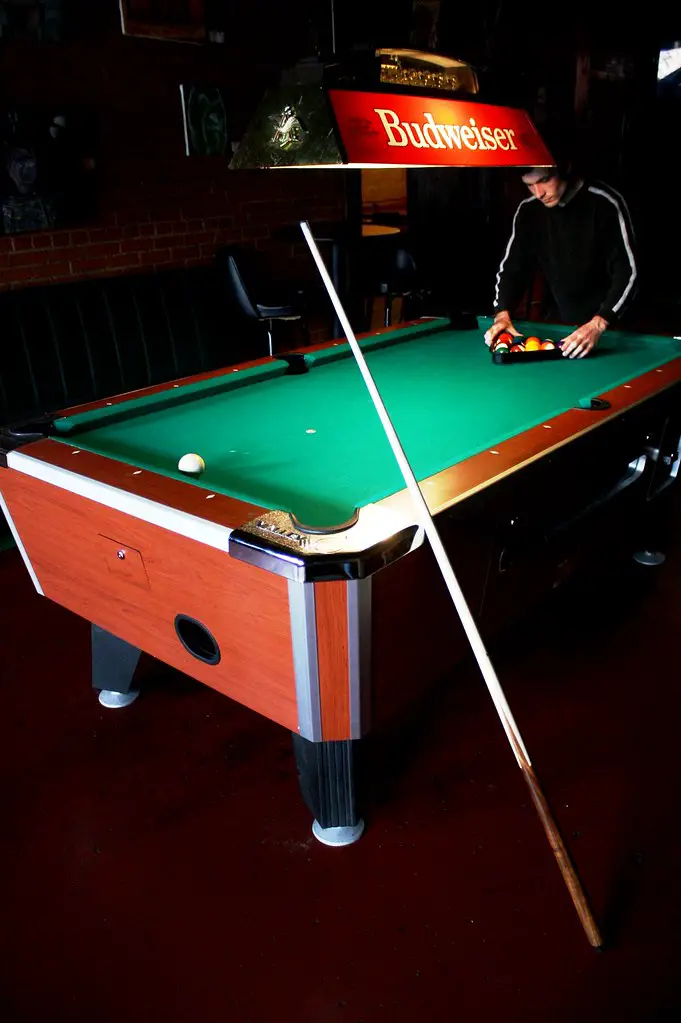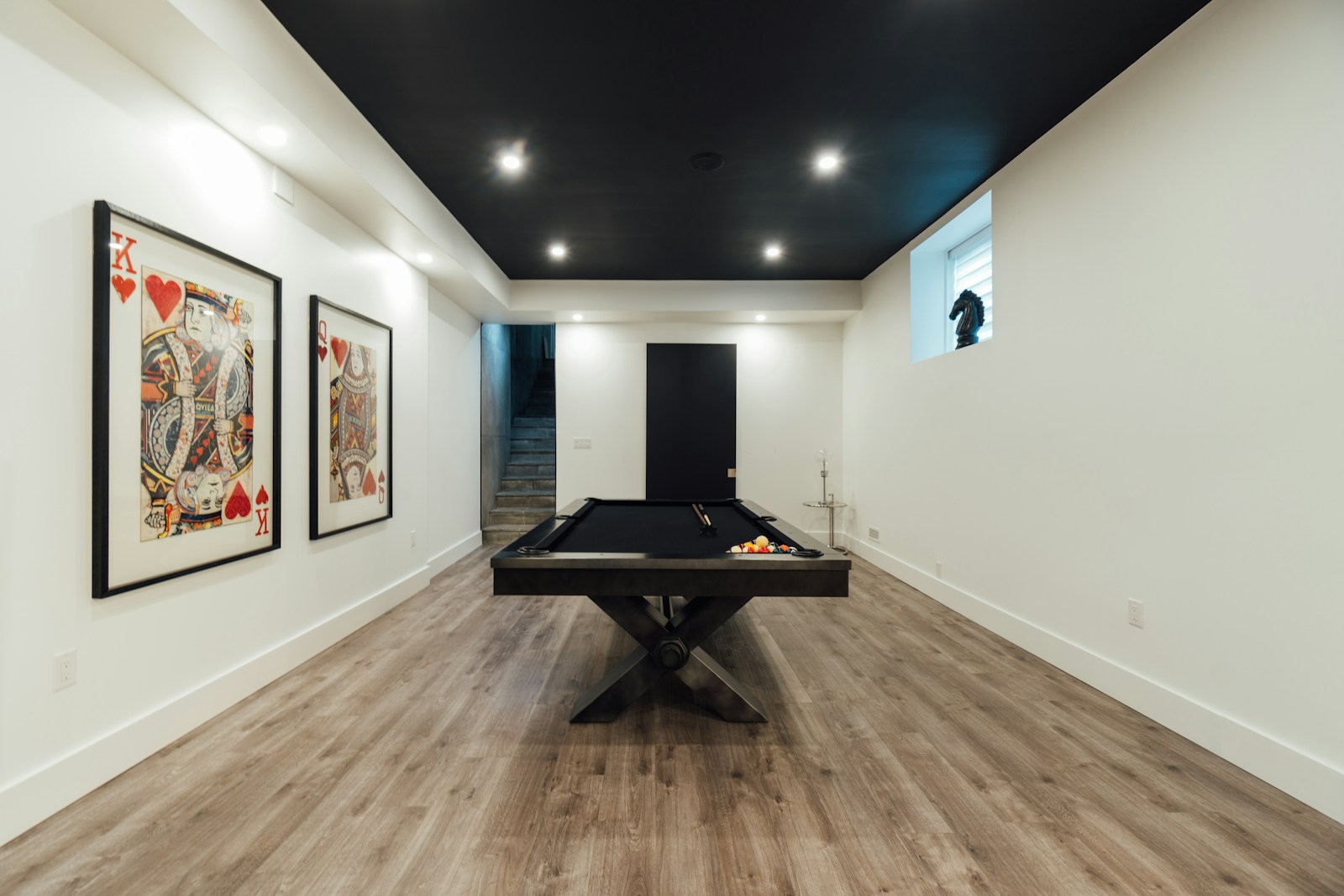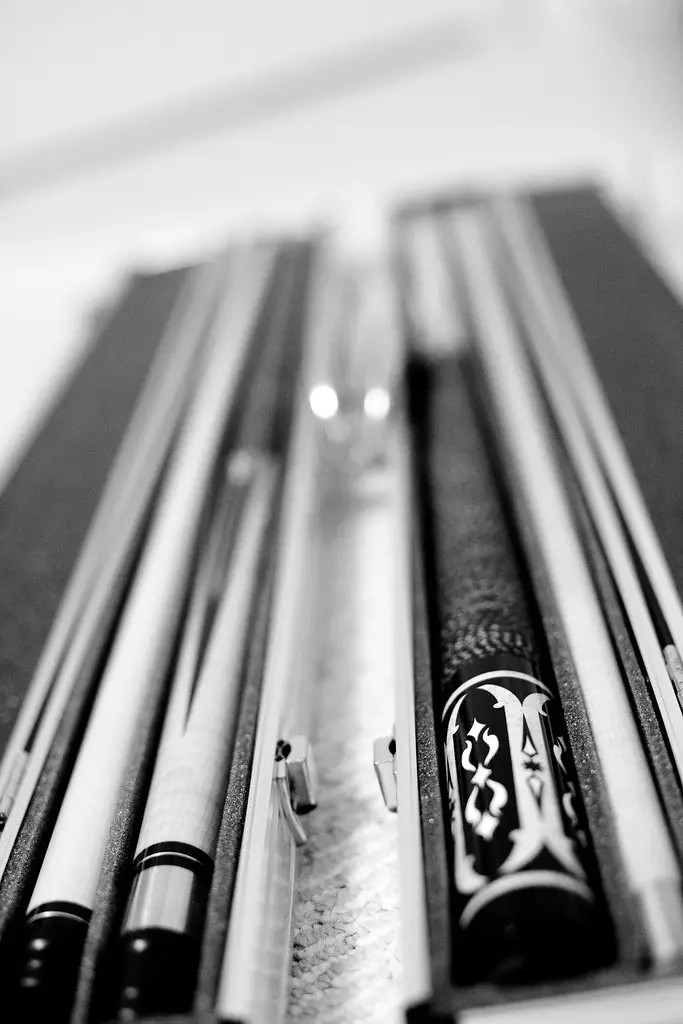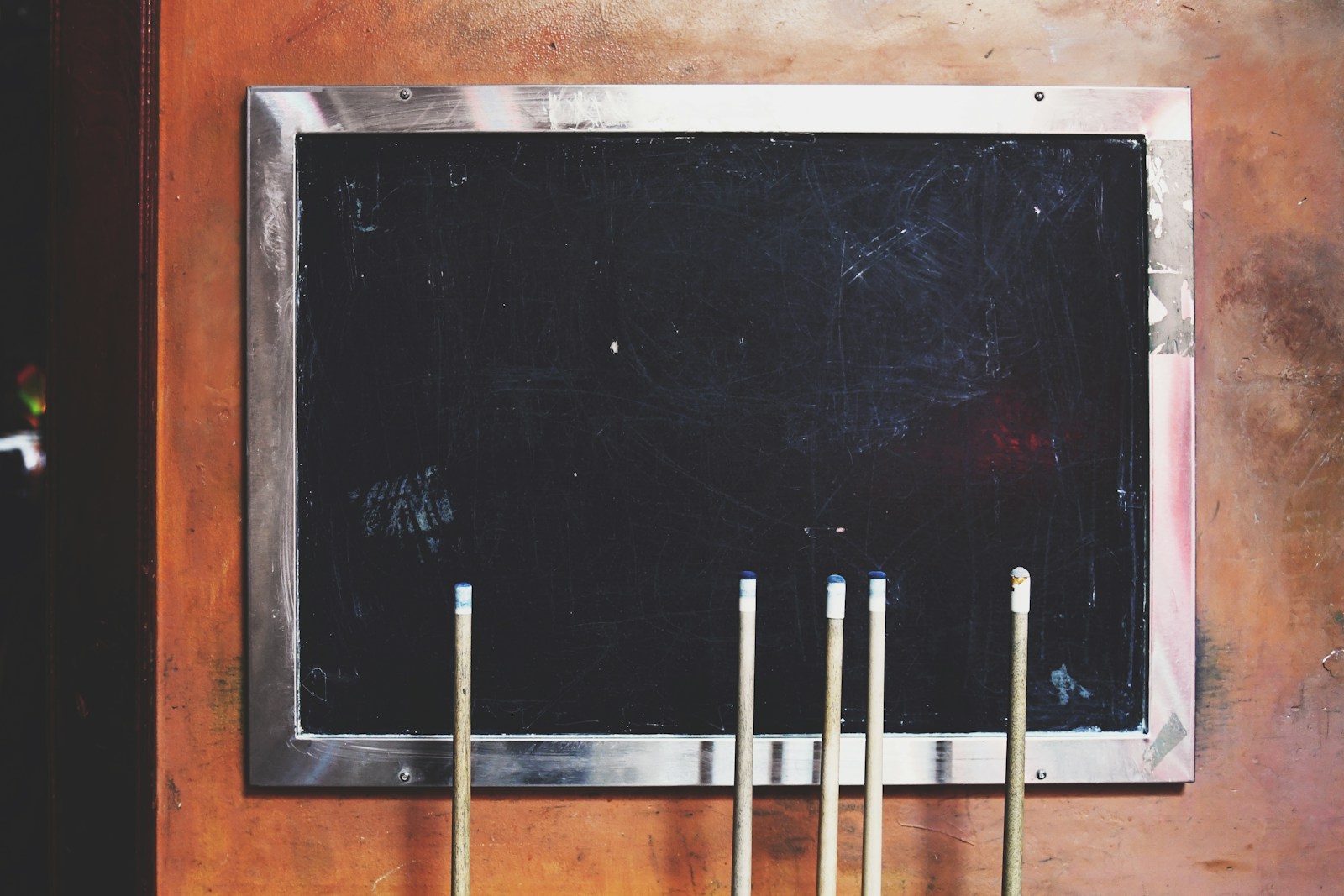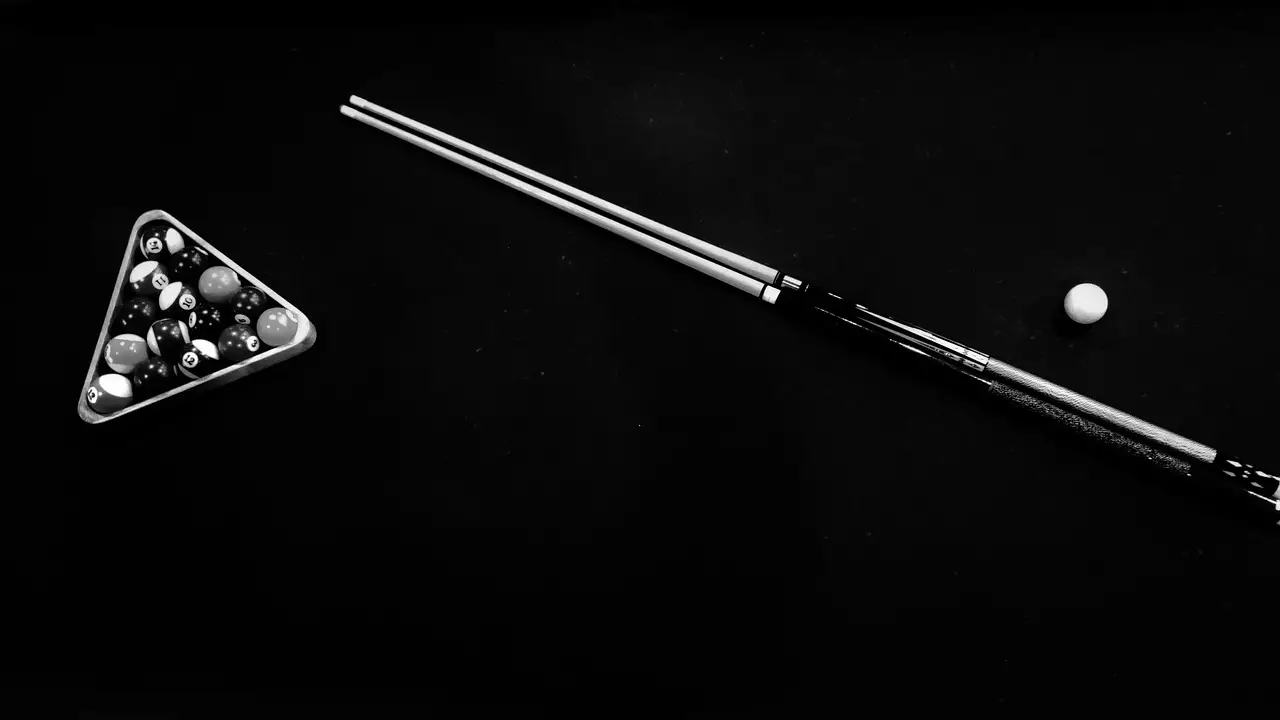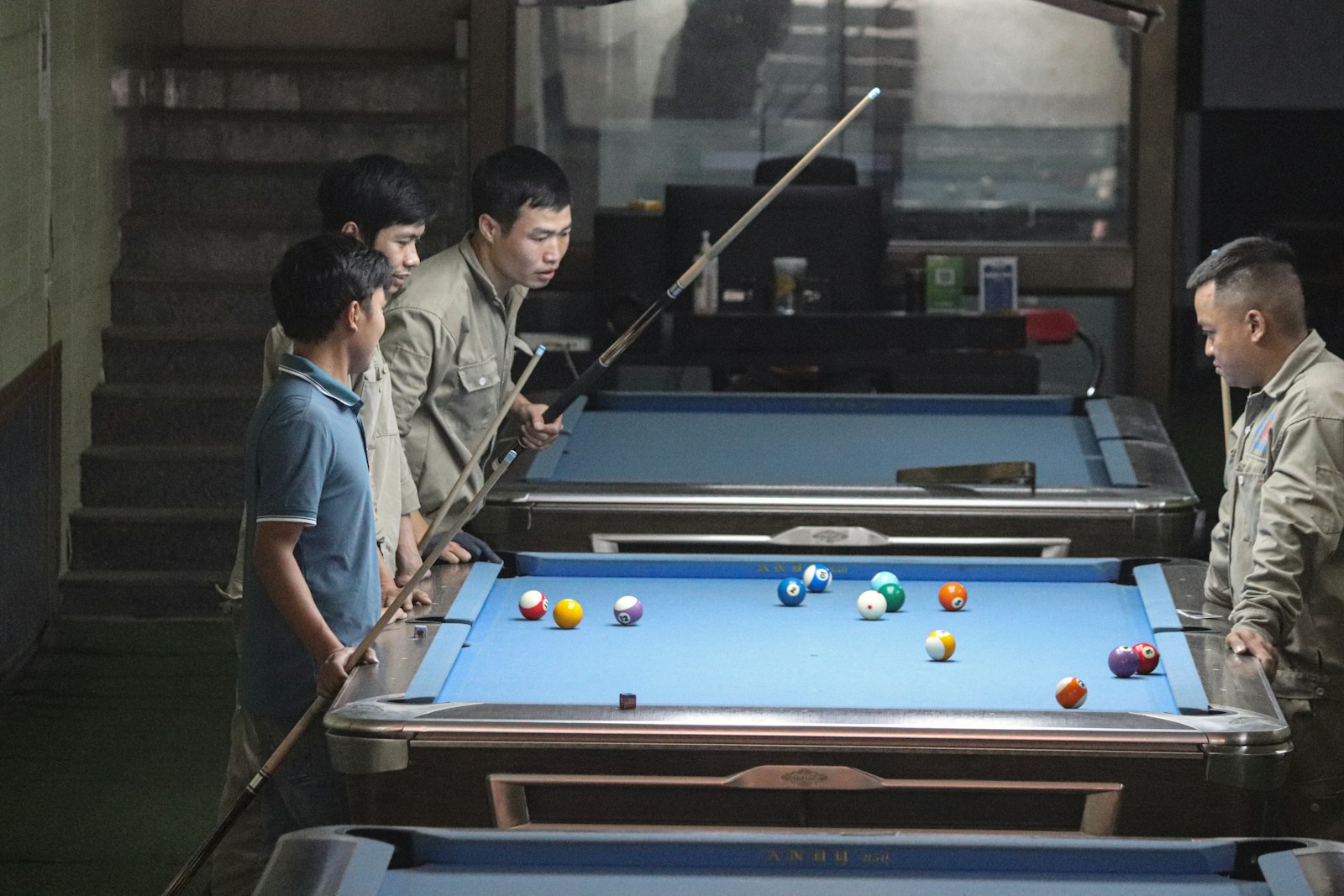
Preventing Billiard Cue Stick Warping: A Guide for Billiards Enthusiasts
A cue stick in the hands of a skilled billiards player is a powerful instrument, capable of turning games around with a flick of the wrist. But this deceptively simple piece of equipment is far more delicate than it might seem. Cue stick warping can occur with negligence, potentially altering your shots, and affecting your game. In this comprehensive guide, we’ll take a closer look at the causes of cue stick warping, how you can prevent it, and the steps to repair any damage, ensuring your cue stick remains as straight and true as the day you bought it.
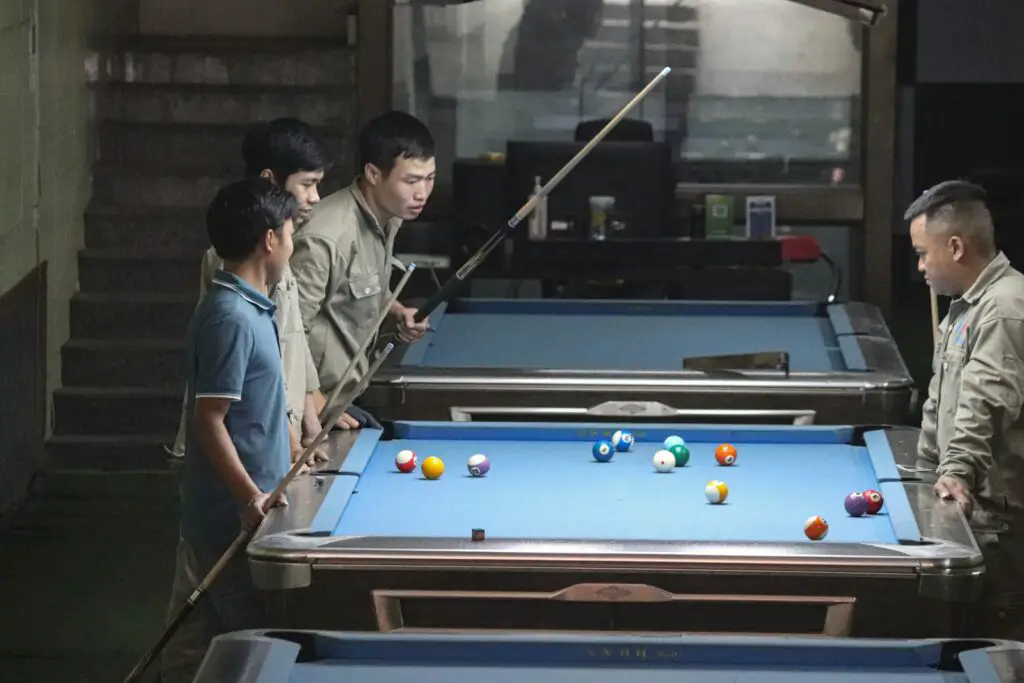
The Importance of Cue Stick Maintenance
For any billiards player, whether amateur or professional, the cue stick is a vital tool. Just as a golfer maintains their clubs or a musician cares for their instrument, a player’s dedication to their cue stick should be unwavering. Cue stick maintenance directly impacts on-game performance and longevity, a factor that cannot be overstated in the billiards world.
Understanding Cue Stick Warping
Warping is not an unusual affliction in cue sticks, and understanding why it occurs can help you take the necessary preventive measures.
Causes of Warping
The most common culprits behind cue stick warping include exposure to extreme temperatures or humidity, impact damage, and inadequate storage practices. Each of these elements can contribute to the gradual bending and warping of the wood, leading to curving or doming of the shaft.
Signs to Look Out For
The signs of a warped cue stick can be subtle, but any experienced billiards player will notice them. Changes in the feel of the cue, including new vibrations or irregularities, are often the first indicators. A visible bend or warp in the shaft is also an unmistakable sign that action needs to be taken to correct the issue.
Preventive Maintenance Tips
The goal of maintenance is to keep your cue stick in factory condition, or as close to it as possible. This segment will cover a range of tips to safeguard your cue stick against warping.
Proper Storage Techniques
Storing your cue stick properly is the first line of defense against warping. Keep it in a cool, dry place, preferably in a protective case when not in use. This not only protects the cue from direct impact or contact with other objects but also shields it from fluctuations in temperature and humidity.
Cleaning and Conditioning Cues
Moisture and dirt can weaken the wood, making it more susceptible to warping. Regularly clean your cue stick after use with a damp cloth to remove chalk dust and grime. Conditioning the wood with a high-quality shaft cleaner or wax can also prevent the materials from drying out too much and warping.
Avoiding Extreme Environments
Extremes in the surrounding environment can play havoc with the wood of your cue. Whether it’s severe cold, heat, or overly humid conditions, each has the potential to cause warping. Protect your cue by avoiding leaving it in the trunk of your car during hot summer days or in the cold overnight.
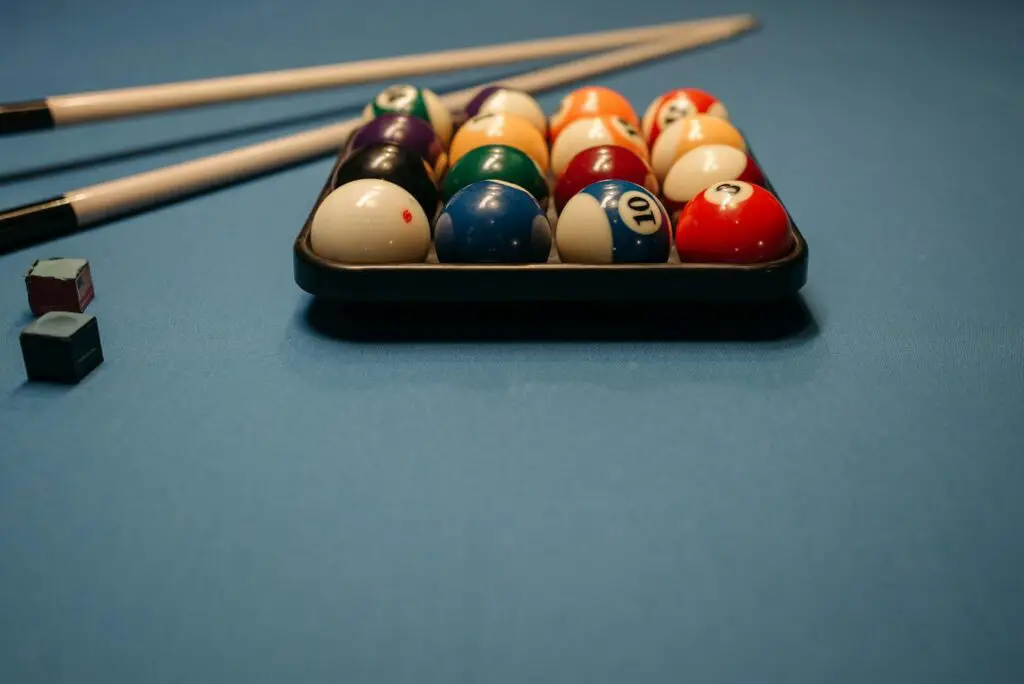
Repairing Warped Cue Sticks
Acknowledging a warped cue is the first step; repairing it is the next challenge. Here we’ll cover DIY approaches and professional options for getting your cue stick back into shape.
DIY Methods
For minor warping, DIY solutions might suffice. These can include using steam to straighten the wood or rubbing the cue with a specialized oil to encourage it to revert to its original form. However, these methods come with risks and should be pursued cautiously, especially for valuable or antique cues.
Professional Restoration Options
If the cue stick has significant warping and is of high value, seeking professional restoration is likely the safest and most reliable option. Experts utilize specialized equipment and techniques to re-align the wood fibers, repairing the warp without compromising the integrity of the cue stick.
Conclusion
Your cue stick is more than a tool; it’s an extension of your skill and a significant investment in your game. By understanding the causes of warping, adopting good maintenance practices, and knowing when and how to seek professional help, you’re taking the necessary steps to ensure that your cue remains a reliable partner on the billiards table. Regular maintenance may seem like a small investment, but it pays dividends in terms of performance and durability. Long live the straight cue stick and the precise shots it delivers!

